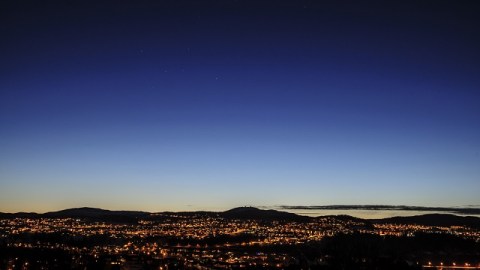For Star Visibility, Count On Humans To Get It Right

What’s the Latest Development?
When it comes to accurately observing levels of artificial night sky brightness, also known as skyglow, human eyes are just as good as satellites, according to a new study published in the open access online journal Scientific Reports. Researchers looked at data collected as part of GLOBE At Night, a citizen science project run by the US National Optical Astronomy Observatory. The project asked participants to match the night sky at their location against star charts and report differences online or via a smartphone app. When their results were compared against satellite observation data and a skyglow simulation, lead study author Christopher Kyba said that the humans’ contributions “[lead] to highly stable measurements.”
What’s the Big Idea?
Satellites observing Earth from space have two things working against them: They’re in space, which means they can’t accurately determine how skyglow affects earthbound creatures, and they aren’t sensitive to blue light, which changes how they “see” areas lit by white LED lamps. Therefore, ground observations of the night sky are crucial, and the team hopes to use future GLOBE At Night data to create a long-term series of measurements. Says study co-author Constance Walker: “Cameras and satellite sensors change all the time as technology develops, but time series based on the eye should be stable for centuries.”
Photo Credit: Shutterstock.com





